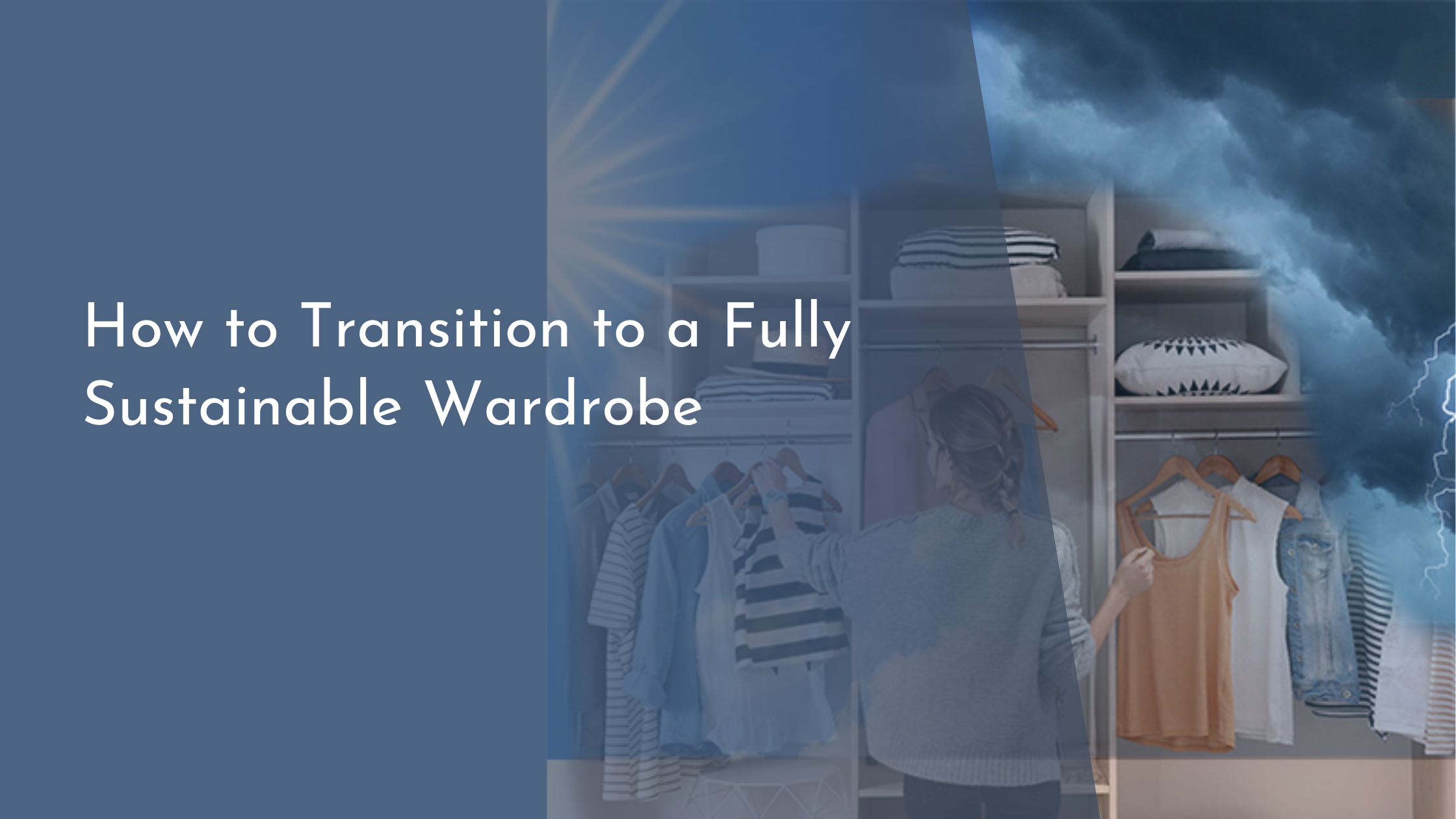How to Transition to a Fully Sustainable Wardrobe
Transitioning to a fully sustainable wardrobe is an exciting journey that not only benefits the planet but also allows you to express your personal style in a more conscious way. As more people become aware of the environmental impact of fast fashion, the demand for sustainable and ethical clothing options is on the rise. This guide will walk you through the essential steps to transform your wardrobe into a collection of eco-friendly and ethically produced clothing, allowing you to make choices that align with both your values and your fashion sense.
Assessing Your Current Wardrobe’s Sustainability
The first step in transitioning to a sustainable wardrobe is to assess the sustainability of your current clothing collection. Begin by taking inventory of what you own, categorizing items by material, brand, and frequency of wear. Look for pieces made from natural fibers such as organic cotton, linen, or wool, as these are typically more sustainable than synthetic materials. Additionally, consider the longevity and versatility of each item—do you have clothes that are timeless and can be worn for various occasions, or are most pieces trendy and short-lived?
Once you’ve inventoried your wardrobe, identify the garments that align with sustainable practices and designate those that don’t. This process not only helps you recognize the current sustainability level of your wardrobe but also pinpoints areas for improvement. For items that are less eco-friendly, decide whether you can upcycle or donate them. Setting clear goals for your wardrobe’s future sustainability is crucial, whether it means reducing your overall clothing consumption or prioritizing certain sustainable materials.
Discovering Ethical and Eco-Friendly Brands
The next step in creating a sustainable wardrobe is discovering brands that prioritize ethical production and environmental responsibility. Many brands now offer transparency about their supply chains, use of sustainable materials, and fair labor practices. To find these brands, look for certifications such as Fair Trade, Global Organic Textile Standard (GOTS), or B Corporation status, which indicate adherence to specific environmental and ethical standards.
Don’t be afraid to do some research and explore brands that not only align with your eco-conscious values but also match your style preferences. Many sustainable brands offer a wide range of options that cater to different aesthetics, from minimalist to bohemian. By supporting these brands, you contribute to a more ethical fashion industry while also curating a wardrobe filled with pieces that you feel good about wearing.
Embracing Second-Hand and Vintage Shopping
Second-hand and vintage shopping is not only a sustainable choice but also a treasure hunt that can lead to discovering unique and distinctive pieces. Thrift stores, consignment shops, and online platforms like Depop or Poshmark offer a plethora of pre-loved items that would make valuable additions to your wardrobe. When shopping second-hand, focus on quality over quantity, selecting well-made, timeless pieces that have the potential to withstand the test of time.
Additionally, vintage shopping provides the opportunity to own a piece of history while reducing the demand for new clothing production. Vintage garments are often crafted with exceptional attention to detail and quality, ensuring that they last for years to come. By integrating second-hand and vintage pieces into your wardrobe, you not only reduce your environmental footprint but also add a layer of individuality and charm to your style.
Maintaining a Sustainable Wardrobe for the Long Haul
Once you’ve established a sustainable wardrobe, the key to maintaining it is caring for your clothes to prolong their lifespan. Proper garment care includes following washing instructions, air drying when possible, and handling repairs promptly. Investing in quality over quantity ensures each piece has a longer life, reducing the need for frequent replacements and minimizing waste.
To keep your wardrobe sustainable, continue educating yourself on new sustainable practices and trends in the fashion industry. Stay informed about the latest eco-friendly materials, brands, and innovations, and be open to adapting your habits over time. By doing so, you not only maintain your commitment to sustainability but also inspire others to consider the positive impact of conscious fashion choices.
Transitioning to a fully sustainable wardrobe is a rewarding endeavor that reflects your commitment to environmental stewardship and ethical practices. By evaluating your current wardrobe, supporting eco-friendly brands, embracing second-hand shopping, and maintaining your clothing with care, you contribute to a more sustainable fashion industry. Enjoy the creativity and satisfaction that comes from wearing clothes that align with your values and celebrate your unique style.

